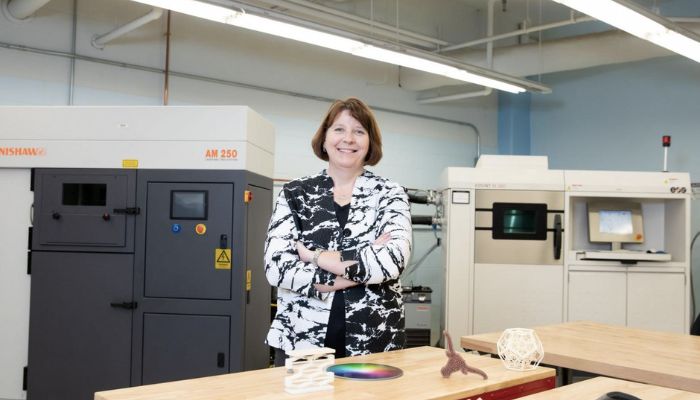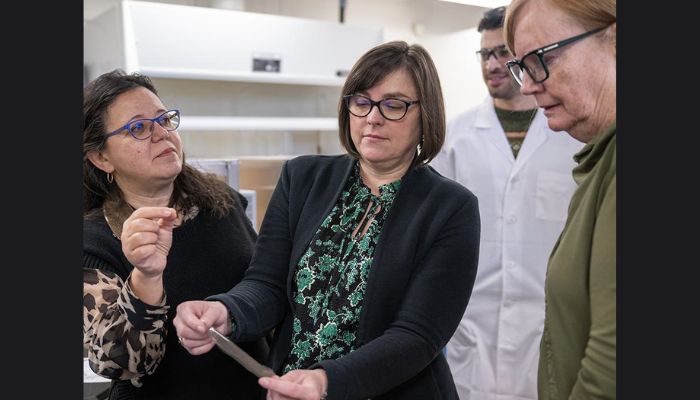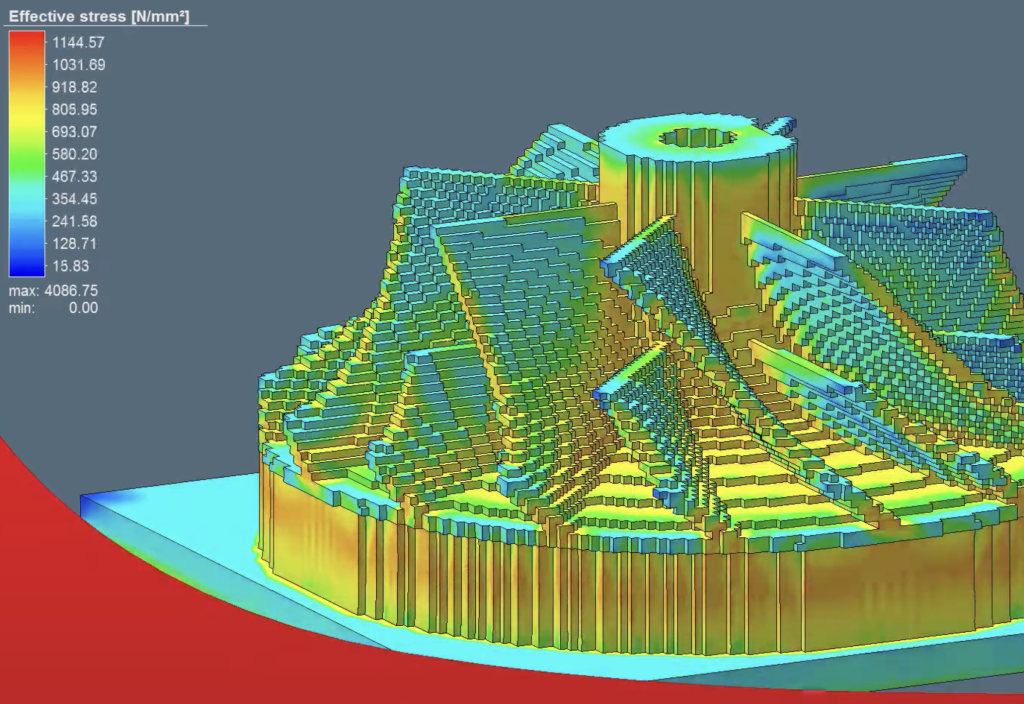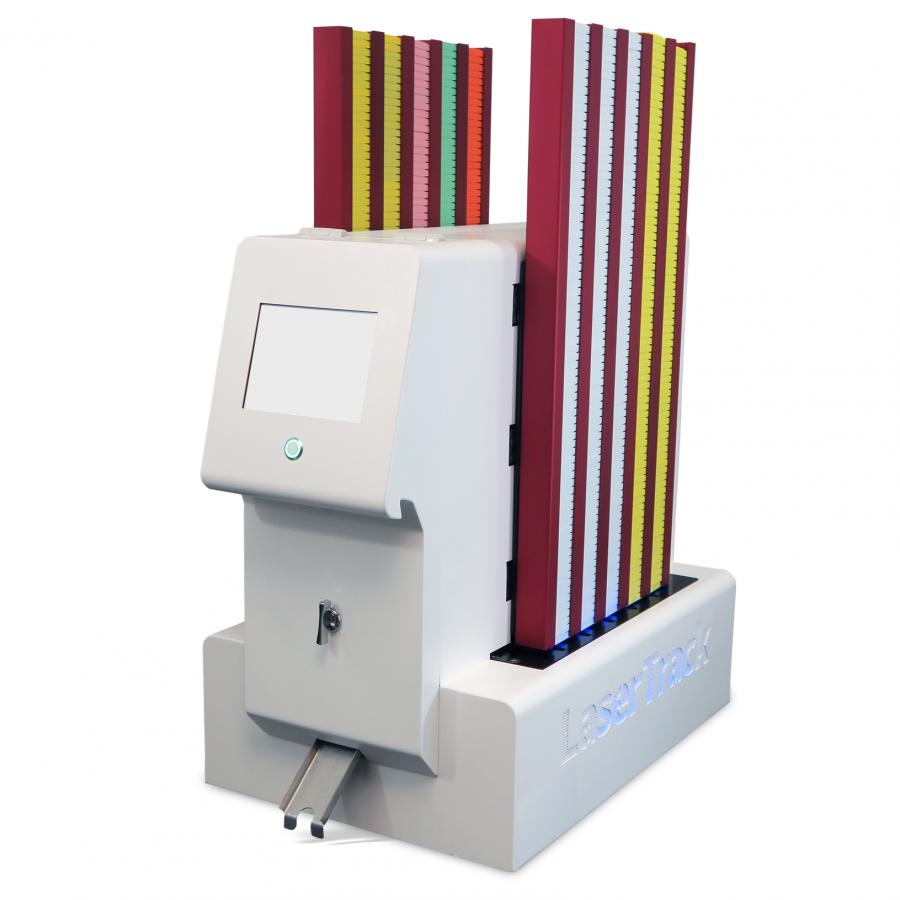$3 Million Research Grant Allows 3D Printing Pediatric Medical Devices
A multidisciplinary US team was awarded $2 million to 3D print medical research. The team, from the University of Texas at Austin and Penn State, was given the money by the National Science Foundation’s LEAP-HI program for a research project promising to develop personalized 3D-printed medical devices using multi-materials.
The all-female research team, led in part by Dr Carolyn Seepersad, professor in the Cockrell School of Engineering’s Walker Department of Mechanical Engineering at the University of Texas Austin, is working in collaboration with Pennsylvania-based Actuated Medical Inc. The other academic leaders of the project are three professors from Penn State – Mary Frecker, department head and professor of mechanical engineering; Zoubeida Ounaies, professor of mechanical engineering; Lorraine Dowler, professor of geography, women’s, gender and sexuality studies.

Dr Carolyn Seepersad was a lead on the project. (Photo credit: University of Texas at Austin
The medical sector has a lot to gain from 3D printing. It allows for personalized devices with complicated geometries. However, there is one drawback: the ability to make multi-material and smart objects. They are currently working on pediatric ventilation devices. These devices can be customized to meet changing needs, such as changes in size.
“This project will allow us to work together at the intersection of advanced manufacturing, soft material, and adaptive structures.” said project co-lead Mary FreckerProfessor of mechanical engineering and of medical engineering at Penn State. He is also the head of the Department of Mechanical Engineering. “Patients will be able to change the shape of medical devices thanks to these results..” The grant opened up new opportunities for the research team, which was particularly exciting to them. “With this grant we plan to take the capabilities of 3D printers to a new level of sophistication and automation,” said project co-lead Carolyn Seepersad. Automating 3D printing research allows for groups to save time, money, and manpower.
Find the press releases for Penn State and University of Texas HERE, and HERE.

Penn State is the co-lead of this project. (Photo credit to Jeff Xu/Penn State).
What are your thoughts on 3D-printed medical devices? Let us know in a comment below or on our LinkedIn, Facebook, and Twitter pages! Don’t forget to sign up for our free weekly Newsletter here, the latest 3D printing news straight to your inbox! You can also find all our videos on our YouTube channel.
*Cover photo credits: Peace Point Hospitals







